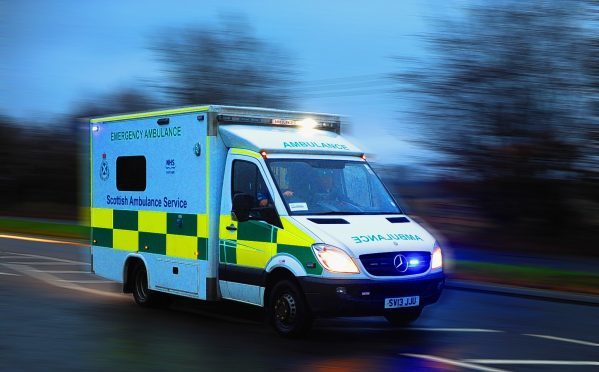Inverness and Aberdeen will go head-to-head to be the north base for a world-class service to transport critically-ill patients.
The Scottish Ambulance Service (SAS) has £1.1million to put the scheme, part of the nationwide Specialist Transport and Retrieval (SCOTSTAR) into action.
The service helps transfer seriously-ill patients between hospitals but also respond to emergency calls to help transport critically-injured people. It is already up and running in Glasgow, and another base could be operational in the first half of next year with teams able to respond by helicopter, plane and fast response vehicle.
The plan is part of the national trauma network that aims to save dozens more lives each year through closer integration of emergency medical transportation and treatment.
The two major contenders for the site are Inverness Airport at Dalcross and Aberdeen Airport at Dyce.
A decision is expected in September as to which airport gets the base but it is understood both are keen to house the facilities.
Graeme Smith, the chairman of the board tasked with implementing the network in the North of Scotland, said: “The North ScotSTAR hub will be a great addition to services in the North of Scotland.
“It will be taken forward by the Scottish Ambulance Service who have been allocated £1.1million to establish the hub as part of the improvement of services related to the development of the Major Trauma network in the North which includes the Major Trauma Centre in Aberdeen.”
Mr Smith said it could be up and up and running in the first half of next year, adding “the hub could be located in either Inverness or Aberdeen and we are in the process of gathering information and engaging with clinicians to determine what the best option is.”
NHS Highland Board medical director Dr Rod Harvey said: “There are pros and cons for both. The pros of Dyce is that it is adjacent to the trauma centre with a larger cohort of staff – the cons of Dyce are that it is on the extremity of the network and part of the aerial range for it is over the north sea.
“The big advantage of Dalcross, in contrast, is that it is much more central in the network and has a much more effective outreach to the further reaches of the Highlands and the Western Isles. The downside is that you have a smaller medical staff.”
Dr Hadley said the base would “probably transform the ability to get patients” to a major trauma within the key 45 minute time period.
NHS Highland Board Chairman David Alston backed Inverness for hub due to its central regional location.
